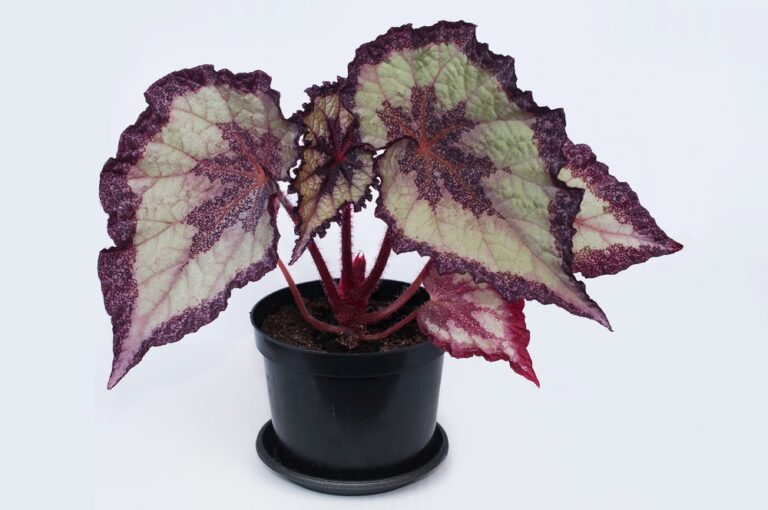Have you ever noticed your beautiful Calla Lilies drooping and wondered why? Don’t worry, it’s not the end of your garden oasis! With a few simple solutions, you can bring life back to your Calla Lilies. In this article, we’ll discuss the causes of droopy Calla Lilies and how to fix them so you can continue to enjoy their beauty in full bloom.
Causes of Droopy Calla Lilies

Droopy Lilies can be caused by several factors, including poor drainage, too much moisture, and lack of sunlight. To ensure your Calla Lilies stay healthy and vibrant, the soil should be well-drained and never overwatered.
To ensure healthy Calla Lilies, give them six hours of sunlight per day and use a pot with drainage holes indoors. Look out for symptoms of fungal diseases like root rot or powdery mildew, such as leggy growth and yellow leaves. Avoid over fertilizing with nitrogen as this can lead to fungal growth and weaken the roots, causing droopy flowers. By taking good care of your Calla Lilies, you can enjoy their beautiful blooms for years.
Lack of Sunlight
If your Calla Lilies are located in an area that doesn’t receive enough sunlight, their drooping may be due to this issue. To prevent this from happening, make sure you place your plants in an area that gets plenty of natural light. If you’re growing your Calla Lilies indoors, make sure the pot has drainage holes and move it around the house so it can get ample amounts of sunlight throughout the day.
Additionally, avoid using dark colors on the pot or planter as this can further reduce the amount of sunlight reaching the lily plants. With enough light and proper care, you’ll be able to enjoy vibrant and beautiful blooms from your Calla Lilies for years to come.
Too Much Water & Poor Drainage
Another common issue for Calla Lilies is too much water and poor drainage. When lilies are left in wet or soggy soil, they can quickly become vulnerable to fungal diseases such as root rot and powdery mildew. This is because these conditions provide the perfect environment for fungal growth. To ensure your plants stay healthy and avoid wilted flowers, make sure the soil is moist but not soggy.
Additionally, it’s important to choose a pot with drainage holes so excess water can escape, and never leave your plants sitting in a pool of water. Avoid using any type of nitrogen fertilizer when planting calla lilies as this can also cause them to become droopy due to excess moisture in the soil.
Fungal Diseases & Root Rot
Fungal diseases and root rot can be major issues for calla lilies. These conditions occur when plants are kept in wet or soggy soil for extended periods, providing the perfect environment for fungal growth.
Symptoms of these diseases include yellow leaves, wilted flowers, and leggy growth. To prevent fungal diseases from occurring, it’s important to choose a pot with drainage holes and always make sure the soil is not overly saturated with water.
Additionally, avoid using any type of nitrogen fertilizer as this can cause excess moisture in the soil and lead to issues with your calla lilies. If you follow these steps, you’ll be able to enjoy beautiful blooms from your lily plants for many years to come!
Leggy Growth from Too Little Fertilizer

Leggy growth is a common issue for calla lilies and can be caused by too little fertilizer or lack of sunlight. When the plants are not receiving the nutrients they need, their stems can become weak and elongated, resulting in leggy growth.
To prevent this from happening, it’s important to make sure you provide your calla lilies with the right kind of fertilizer. A balanced nitrogen-phosphorus-potassium (NPK) fertilizer is recommended for the best results.
Dry Soil or Potting Mix Without Drainage Holes
One of the most common issues for lilies is dry soil or potting mix without drainage holes. Dry soil can lead to wilted flowers and yellow leaves, as well as stunted growth.
To prevent this from happening, make sure your potted calla lilies have a pot with drainage holes so that excess water can escape and not cause root rot. Additionally, you should always use fresh soil or potting mix when planting your calla lilies. This will ensure that the plants have access to all the nutrients they need and that the soil is light and well-drained.
Fixes for Droopy Calla Lilies
Droopy lilies can be a frustrating issue for gardeners, but the good news is that there are a few simple fixes you can try. First and foremost, make sure your calla lilies are in well-drained soils and that the pot has drainage holes to allow excess water to escape, be sure to stick to a more regular watering schedule.
Additionally, you should ensure your lilies receive the partial shade and stay moist – not soggy – by avoiding overwatering. You can also add nitrogen fertilizer every two weeks during the growing season to promote vigorous growth, as well as avoid wet conditions which can cause fungal diseases like root rot or powdery mildew.
Move the Plant to Partial Shade or Indoor Conditions
If your lilies are drooping, one of the first things you should consider is whether they’re receiving too much sun. Calla lilies prefer partial shade and will become stressed if exposed to too much direct sunlight.
If your lilies are planted outside, try to move them to a spot that receives only a few hours of sunlight each day. Conversely, if your calla lilies are an indoor plant, it may be beneficial to move them closer to a window or light source.
Add a Drainage Hole to Your Pot and Fill it with Fresh, Well-Drained Soil
It’s important to make sure your calla lilies have a drainage hole in their pot. Without proper drainage, excess water can cause root rot and other fungal diseases.
To prevent issues, ensure the pot has drainage and contains fresh, well-drained soil. Avoid over-watering and remove any standing water from the saucer below. When planting lilies outside, choose an area with good drainage and don’t let them sit in soggy soil. If flowers wilt or leaves yellow, add more drainage holes or change the soil type.
Increase Nitrogen Fertilizer
Nitrogen is one of the key nutrients for lilies, and a nitrogen fertilizer can help promote healthy foliage and beautiful blooms. To increase nitrogen, look for a fertilizer specifically designed for lily plants. Once or twice per growing season, apply a granular fertilizer around the base of your calla lily plant according to package instructions.
Avoid fertilizing in wet conditions and make sure the soil is dry before applying. When choosing a fertilizer, ensure it has an adequate ratio of phosphorus and potassium in addition to nitrogen to ensure your calla lilies get all the nutrients they need. If you’re planting indoors, make sure to use a slow-release fertilizer to avoid over-fertilizing. With proper care, your calla lilies will reward you with stunning flowers!






